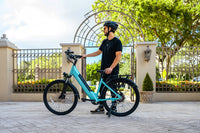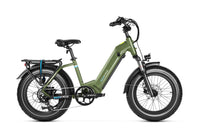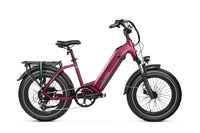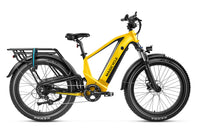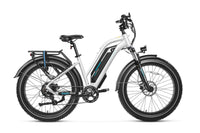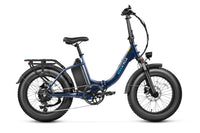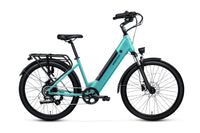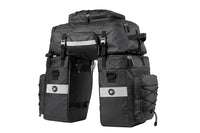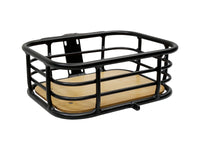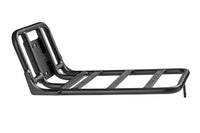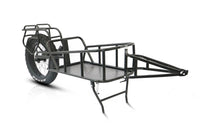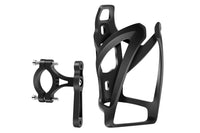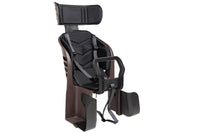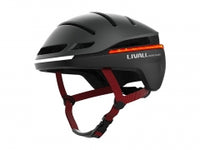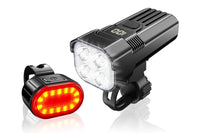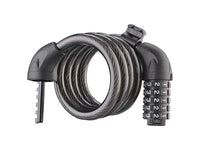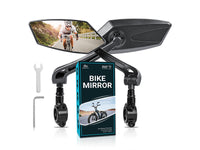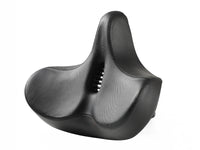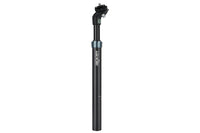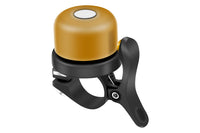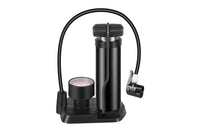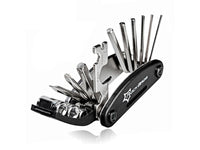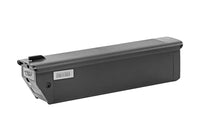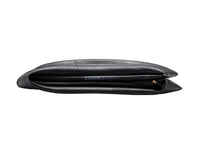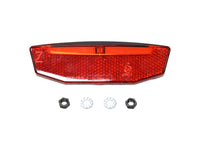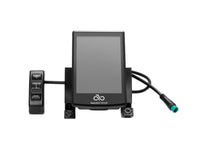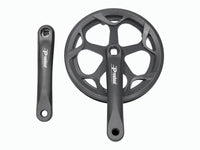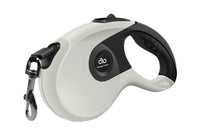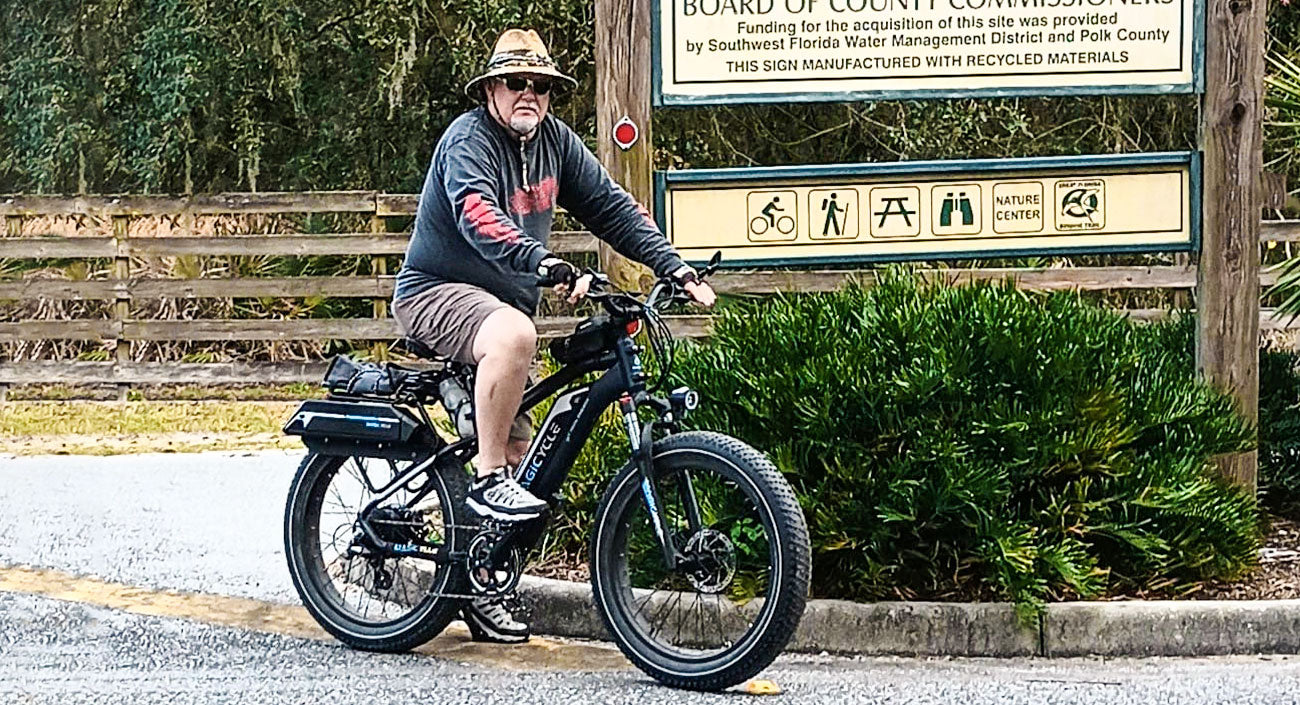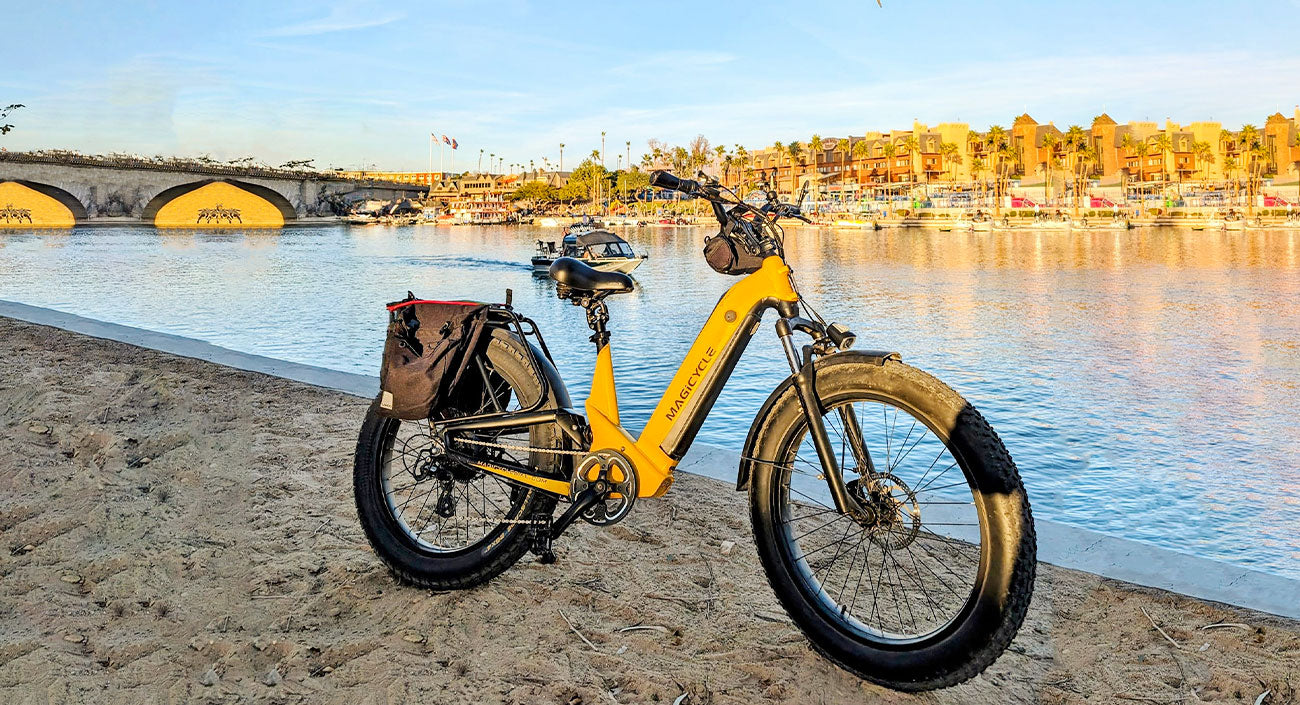 September 02,2024
September 02,2024
 September 02,2024
September 02,2024
Recovering from knee surgery can be tough, but it doesn't mean you have to give up on staying active and enjoying the outdoors. Electric bikes present a great option for individuals who want to resume riding after knee surgery. With assisted pedaling and reduced strain on the joints, ebikes facilitate a comfortable and safe riding experience. In this article, we'll provide valuable tips to help you make the most of your recovery period while safely riding an electric bike after knee surgery.
Contents
1. Why is an electric bike good for our knees?
2. Tips for a Safe and Effective Recovery from Knee Surgery on an Electric Bike
1.1 Get yourself a right ebike
1.2 Slow Start
1.3 Adjust Pedal-Assist Levels
1.4 Warming Up
3. Final Words
Why is an electric bike good for our knees?
No boasting, electric bikes for adults are incredibly helpful for people who have undergone knee replacement surgery due to their electric system that can be used alongside normal pedaling or independently for shorter distances.
Normally, electric bikes come with pedal assist, which provides electric assistance while pedaling. This feature reduces the amount of force required from riders to propel the bike forward, alleviating strain on the knees. It is particularly helpful for individuals with a limited range of motion in their knees after surgery or due to joint conditions.
Moreover, with an ebike, riders can cover longer distances with less effort. This increased range allows them to enjoy bike rides without overexertion or fatigue. By being able to cover more distance, riders can continue to engage in physical activity, promoting cardiovascular fitness and overall fitness while still being mindful of their knee health.
Tips for a Safe and Effective Recovery from Knee Surgery on an Electric Bike
Get yourself a right ebike
This is one of the most important and crucial steps. Many people think electric bikes are not that helpful for recovery from surgery, and I think the problem may be the bike itself. Many of them just didn’t purchase ebikes that fit them well, which leads to an unimpressive riding experience.
So, the ebike you are going to pick up should fit your height. It will be better if it comes with features like step-through frames, which make mounting and dismounting easier, reducing stress on your knees. Adjustable seat heights and handlebars are also beneficial for achieving an optimal riding position that minimizes strain on your knee joint.
Generally, to pick up a suitable ebike, the best way is to take a test ride. See Magicycle’s dealer map to see where you can test-ride Magicycle ebikes.
Slow Start
To ensure a smooth recovery, be sure to start slowly and gradually increase the intensity of riding. You’d better begin with shorter distances on flat terrain, allowing your knee to adapt to the motion and workload. As you gain strength and endurance, progressively extend both the duration and intensity of your rides. For better recovery, consult with your healthcare provider or physical therapist to determine the suitable progression for your specific recovery needs.
Adjust Pedal-Assist Levels
Take advantage of the pedal-assist feature available on your ebikes. This function provides a variety of levels of electric assistance as you pedal, reducing strain on your knee joint. During the initial stages of recovery, utilize higher levels of assistance and gradually decrease it as your knee gets better. Pedal-assist mode assists you in navigating inclines and longer distances without overexerting your knees.
For a smarter and more intelligent pedal assist, you can try out Magicycle Ocelot Pro. It features an adjustable pedal assist. The power output of each level can be adjusted based on your own needs, which is really helpful for you to recover from knee surgery.
Warming Up
Warming up is prior to any bike ride. Remember to warm up your muscles and perform gentle stretches, focusing on the knee area. This helps increase blood flow to the muscles surrounding your knee joint, reducing the risk of discomfort or injury during your ride. Include stretching exercises for your quadriceps, hamstrings, and calf muscles to improve flexibility and range of motion.
Listen to Your Body
While it's important to challenge yourself during recovery, it's equally crucial to listen to your body's signals. If you experience pain, swelling, or discomfort during or after your ebike rides, reduce the intensity or take a break. Pushing through excessive pain may impede your recovery progress or potentially lead to further damage. Be patient with yourself and gradually build strength over time.
Final Words
Riding an electric bike is an excellent option for staying active and enjoying the outdoors during your knee surgery recovery. By following these valuable tips, you can safely and comfortably ride an eBike while maximizing your rehabilitation period. Always prioritize your safety and consult with your healthcare provider or physical therapist to ensure you're progressing appropriately. With proper care and attention, you can regain your active lifestyle and make the most of your recovery journey.
Related Posts:
How Do You Climb Hills On An Electric Mountain Bike?
Top 5 Reasons to Use an Electric Bike for Commuting
Start and Enjoy Your Enduro If You Follow These Tips and Guides
Do Electric Bikes Have Cruise Control?























































